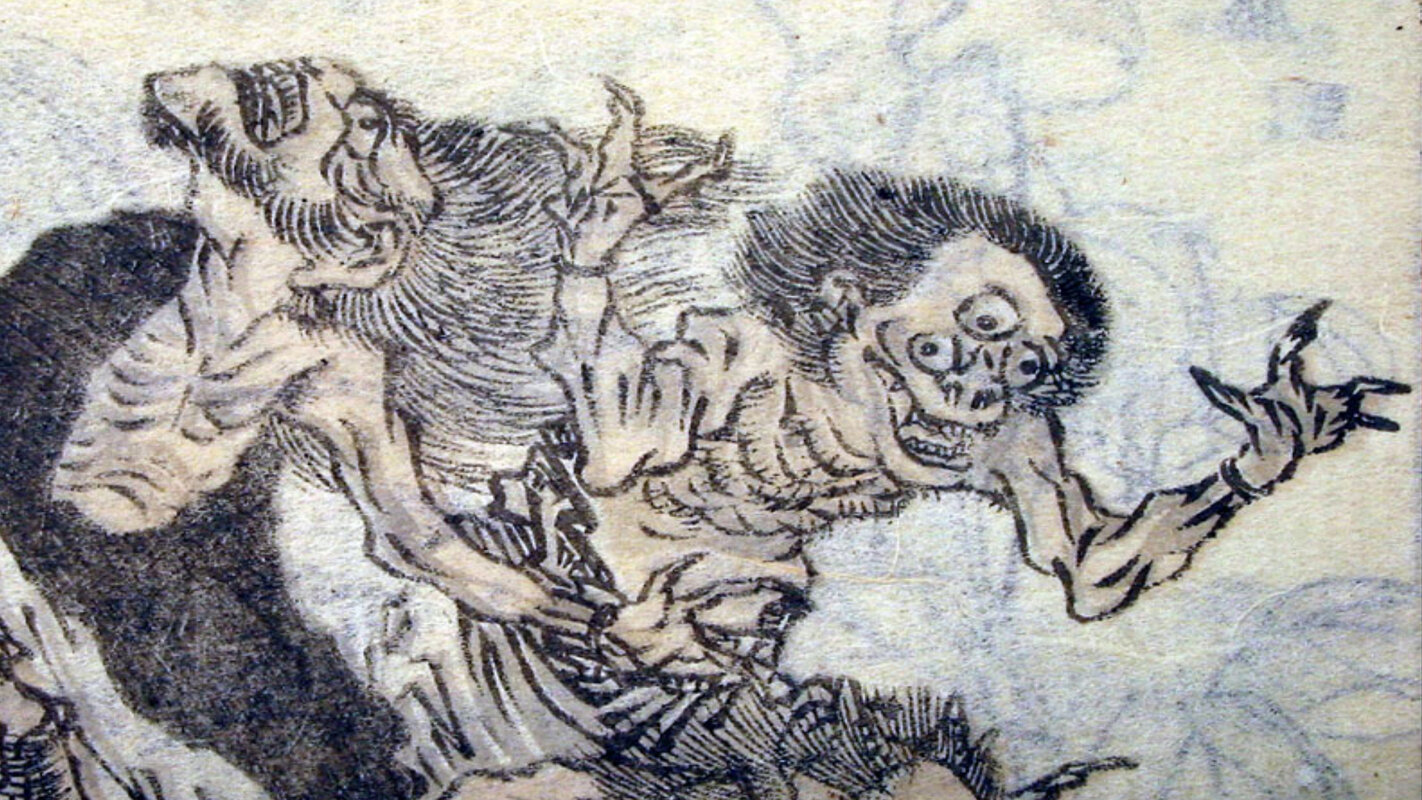
THOMAS MACHO: MONSTROUS RACES AT THE EDGE OF THE EARTH
Thomas Macho, born 1952, is Professor of Cultural History at Humboldt University, Berlin, and conducts research in the areas of cultural history of time, animal studies and the history of death and mourning. For Pictoplasma, he takes a closer look at Cyclopses, women with three breasts and other monstrous Plini Races…
The fundamental scene of the mission is depicted on the central portal tympanum of the Romanesque basilica of Sainte Marie-Madeleine at the top of the hill of Vézelay in Burgundy. We see Christ in a mandorla, dispatching the Apostles and emitting a radiance that lights up even strange figures, such as people with dogs’ heads.
Since then, these beings have often been associated with ancient accounts of monstrous races and peoples placed at the edge of the earth – reports that had been in circulation since the fourth century BC, for instance in the descriptions written by Ktesias of Knidos, physician to the court of the Persian king Artaxerxes II, or those of Megasthenes, a diplomat at the court of the Indian king Sandrakottos. Although these reports were refuted in the first century AD (in Strabo’s Geographica), Pliny the Elder, writing fifty years after Strabo’s death, compiled them without further comment in his Naturalis Historiae, thus passing them into tradition. In the centuries that followed, Pliny was named as the source of the imaginative descriptions of the one-eyed Arimaspi, of the Sciapods whose huge feet provided shade from the sun, of the Androgyni, of the Sciritai (the noseless), of the Amyktyren (with plate-like lower lips), of the mouthless straw-suckers, of the Gymnosophisten that stood on one foot and contemplated the sun, of the Abarimons (whose feet were turned backwards), of the breast-faced Panotti, who could wrap themselves up in their own ears, of the Pygmies, the Centaurs, the dog-headed Cynocephali, the long-necked crane people, the Hippopodes (with horses’ hooves), the bearded ladies, the two-headed twin figures, or those with four eyes (and two intertwined faces).
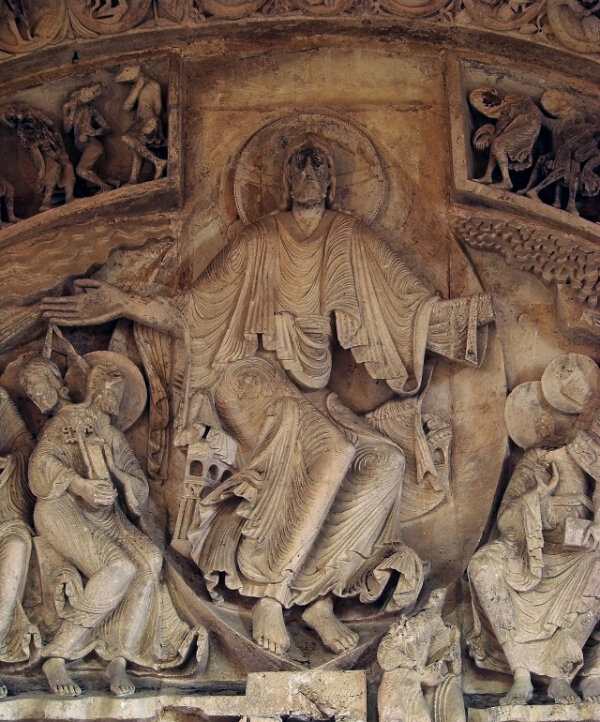
In late Antiquity, the popularity of exotic races was such that Augustine devoted one whole chapter of his historical work De Civitate Dei to the question of whether ‘certain monstrous races of men’ were descendants of Adam. He listed such peoples, from the Cyclopes with one eye ‘in the middle of their forehead’ to those without mouths, from the shade-footed to the Cynocephali ‘whose ‘dog’s head and actual barking prove them to be animals rather than men’, only to subsequently conclude that although it was possible to doubt the existence of ‘all the types of men which are described’, yet ‘anyone who is born anywhere as a man – that is, a rational and mortal being – derives from that first-created being. And this is true, however extraordinary such a creature may appear to our senses in bodily shape, in colour, or motion, or utterance, or in any natural endowment, or part, or quality.’.
The reports of monstrous human species seemed credible, Augustine argued, because they recalled the disfigured individuals to be seen in the readers’ own cities: people deformed and mutilated by the circumstances of their birth or by illnesses, accidents or injuries, and perhaps God had created the monstrous races in order that ‘we should not suppose that the wisdom with which he fashions the physical being of men has gone astray in the case of the monsters which are bound to be born among us of human parents; for that would be to regard the works of God’s wisdom as the products of an imperfectly skilled craftsman. If so, it ought not to seem incongruous that, just as there are some monstrosities within the various races of mankind, so within the whole human race there should be certain monstrous peoples.’
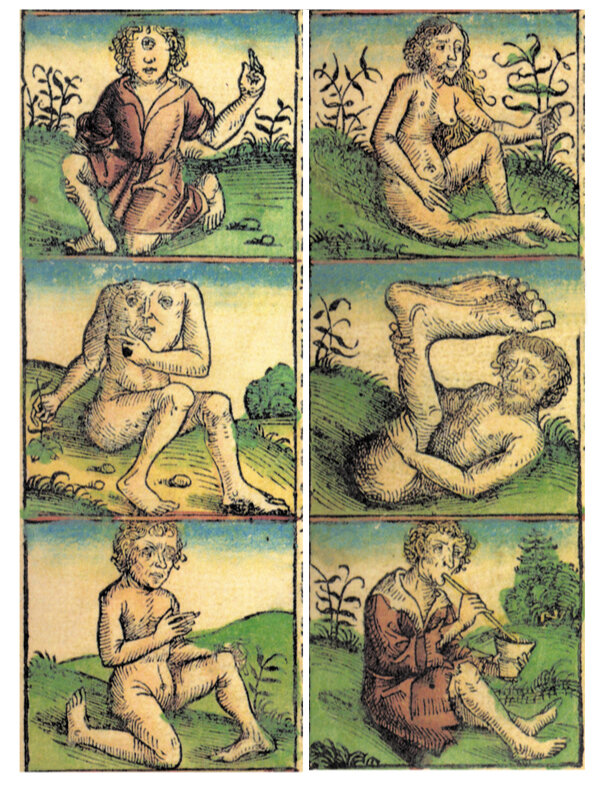
Already Pliny had suggested the existence of a direct link between the exotic peoples and the occurrence of wondrous births of more than three children at a time, of hermaphrodites, of living beings with the form of animals. He noted that Alcippe ‘gave birth to an elephant’, claimed that a serving-maid had given birth to a snake at the beginning of the Marsic War (that is, around 91 BC), described how a hippocentaur was born elsewhere but died on the same day. In short, there were many examples of monstrous births brought into the world as portents; unless, that is, they preferred – as did a newly born child in Saguntum ‘in the year [218 BC] in which that city was destroyed by Hannibal’ – to immediately return ‘to the womb.’ Over one half of a millennium later, in 630, Isidor of Seville likewise included reports of misbirths and monstrous races in De homine et portentis (The Human Being and Portents), the eleventh book of his Etymologiae: ‘Sicut autem in singulis gentibus quaedam monstra sunt hominum, ita in universo genere humano quaedam monstra sunt gentium, ut Gigantes, Cynocephali, Cyclopes, et cetera.’ The description of these three species is followed up by ones of people with ‘mouth and eyes on their chest, of those without a nose, of the people possessed of ‘such a prominent lower lip’, of others fed through oat stalks, of the Panotii (with ‘ears spread so wide that they cover their entire body with them’), of the Arbititae who walk prone, the Satyrs (with ‘horns on their forehead’), the Sciopodes (‘shade-feet’), the Antipodes, the Hippopodes, the Pygmies and a ‘race of women in India who conceive when they are five years old and do not exceed the eighth year of life’, before he turned his attention to the mythical monsters such as Gorgons and Sirens, Scylla and Hydra, Cerberus and Minotaur.
In the course of the grand flux of Spanish transmission of the knowledge of the ancients, Isidor’s Etymologiae were disseminated in Western and Central Europe. From that time onward, descriptions of the exotic monstrous races appeared in the most diverse media of the Middle Ages: in the descriptions and illustrations of the campaigns and feats of Alexander the Great, in cosmographies and world chronicles, for instance that of Rudolf von Ems (1200-1254) or Hartmann Schedel (1440-1514), in encyclopedias of natural history such as Conrad von Megenberg’s Buch der Natur (c. 1350), in the travelogues that appeared about 1356 in The Voyages and Travels of Sir John Mandeville, finally on early Mappae Mundi like the Ebstorf Map (c. 1300).
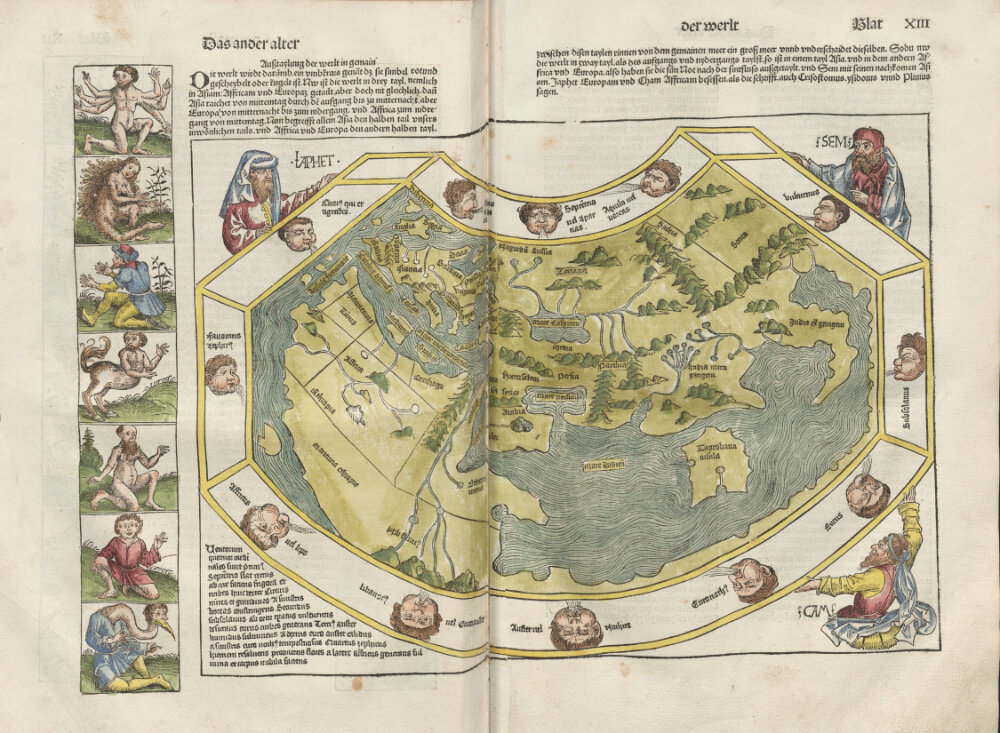
Made up of thirty parchment sheets stitched together together, this atlas was 3.57 metres in diameter. It was discovered in 1830 in the Benedictine monastery of Ebstorf in the northern German region of Lüneberg, then destroyed by fire during a WWII air raid in 1943. The symbolic order of the map was based not just on wind directions but also on the figure of Christ: the head (next to Paradise), his right and left hands, as well as the two feet – and the City of Jerusalem as the navel. The wonders of India, the Cynocephali and Gymnosophisten, were sited directly below the Saviour’s head, directly adjacent to Paradise, and likewise the ‘misshapen races of inhuman appearance’ inhabiting ‘desert wastes’ or ‘lacking a nose’ or displaying ‘completely flat, ugly faces’ were placed at the edge of the world, by the Gulf of Aden, but nevertheless in the upper part of the atlas – and thus much closer to Paradise and Jerusalem than, for instance, the German town of Lüneburg, which was found close by the feet of Christ at the lower edge of the earth.
The wondrous creatures, monsters and prodigies inhabited the frontiers of the world and therefore of the imagination, at the same time they dwelled in the towns, physical and tangible manifestations among the living. These intermediate creatures did not find their way first into atlases, encyclopaedias and cathedral sculpturesbut to the next street corner: for instance, in the form of somebody dying, of a crippled, cast-out child, or of a sick beggar. Already during the Renaissance era, the inhabitants of the edges of the earth were being catalogized, collected and (preferably in embalmed form) integrated in early kunstkammer. In the sixteenth and seventeenth centuries, pamphlets and bills alerted the population to ‘wondrous births’ that were inevitably interpreted as divine portents. In the early modern ages, moreover, there was scarcely a ‘ruler in Europe who did not seek out dwarves and idiots for his cabinet of curiosities: wagers were placed upon ownership of the tiniest dwarf or the dullest oaf; there were even incidences of these unfortunates being loaned, swapped or sold to each other.’ The uniqueness of the monarch was reflected, as it were, in the singularity of the deformities displayed by their vassals. Numerous portraits were painted of court dwarves or fools (such as Velasquez’ Las Meniñas); ‘monster shows’ were aready popular in Elizabethan London. Long before the ‘freak shows’ staged by P. T. Barnum in the second half of the nineteenth century, these shows put on display dwarves, hermaphrodites, giants and ‘a wide variety of persons with natural anomalies, including a woman with three breasts, a boneless child, and a monster with one body, two heads, four arms and four legs, with teeth in each mouth.’
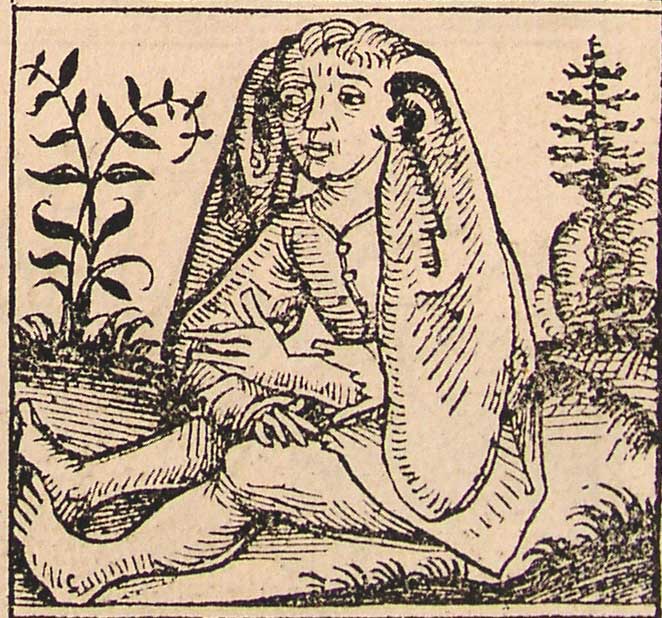
Originally published in Prepare for Pictopia, 2009
- 36 views
- 0x empathizes